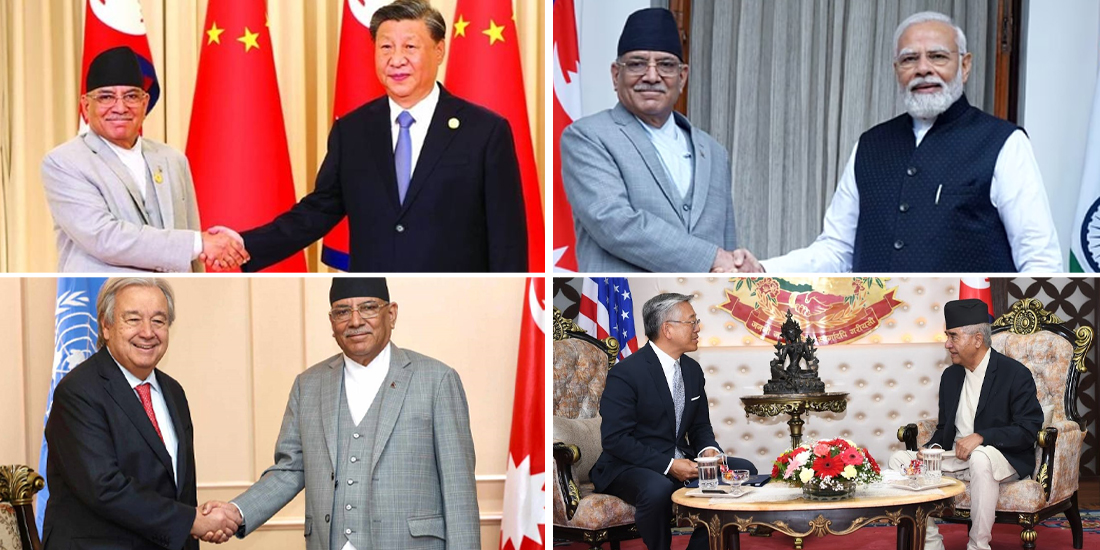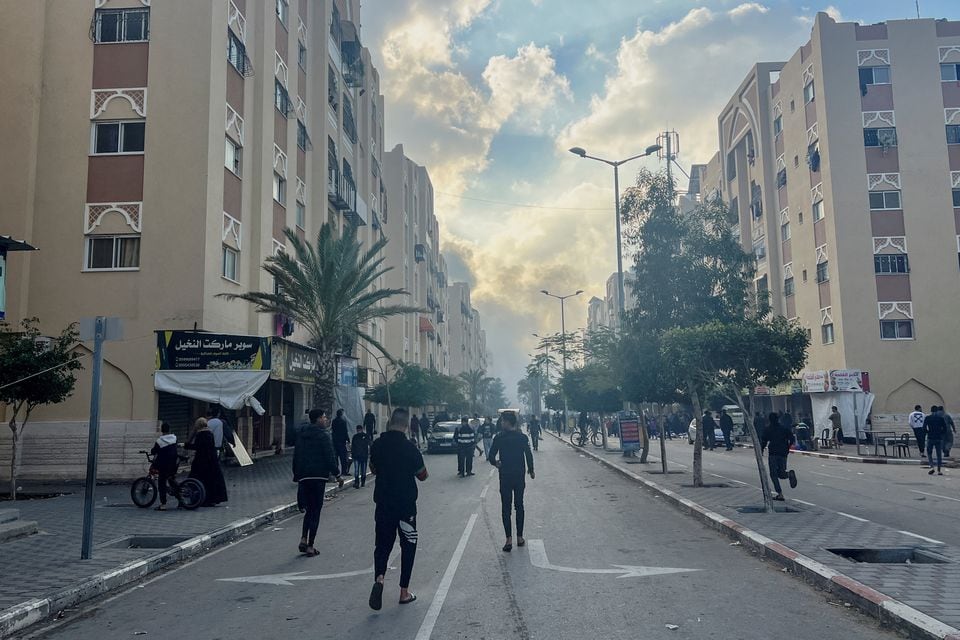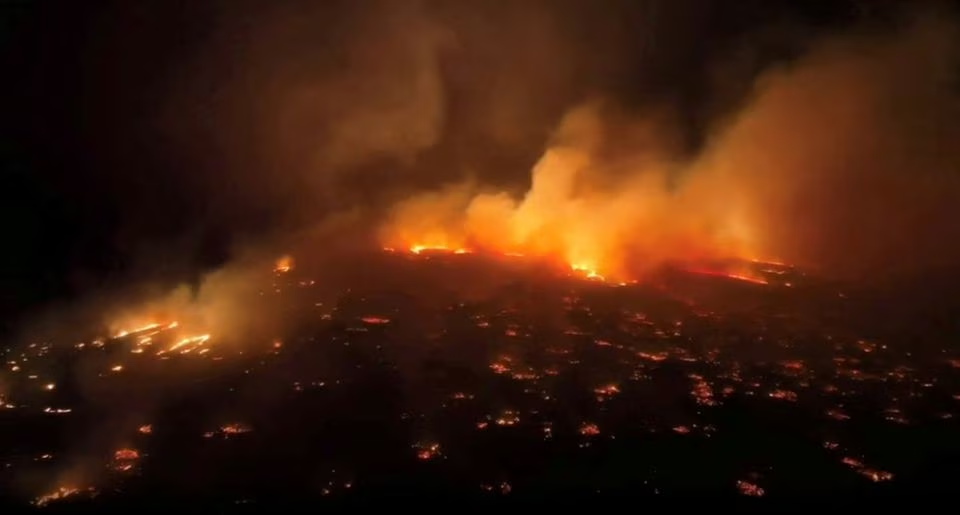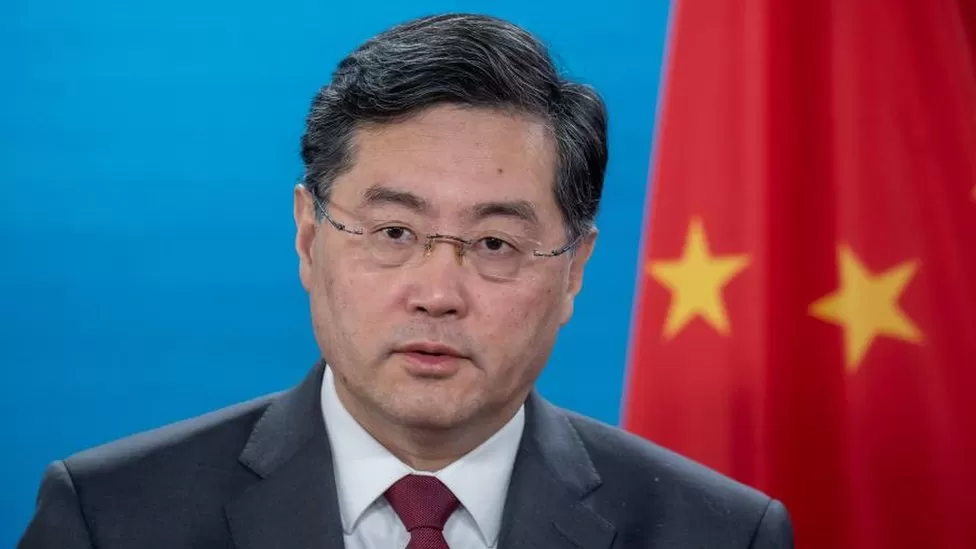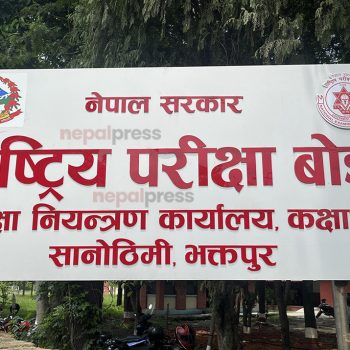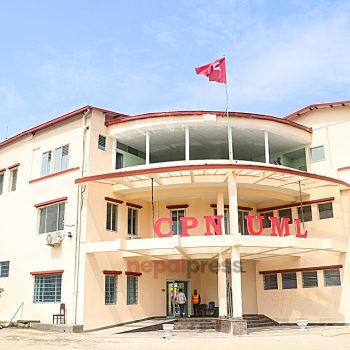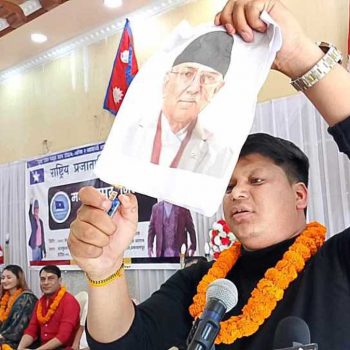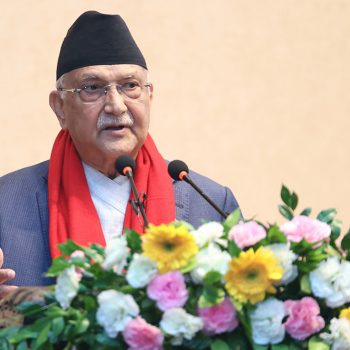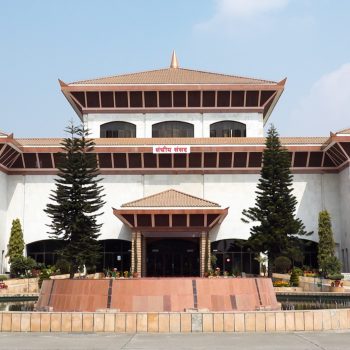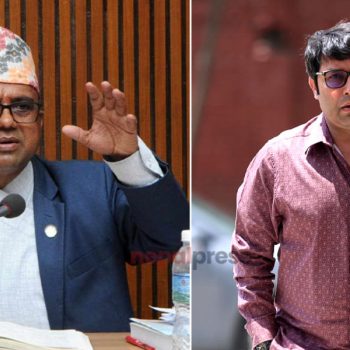Russian troops enter Ukraine’s 2nd largest city of Kharkiv
 NepalPress
NepalPress
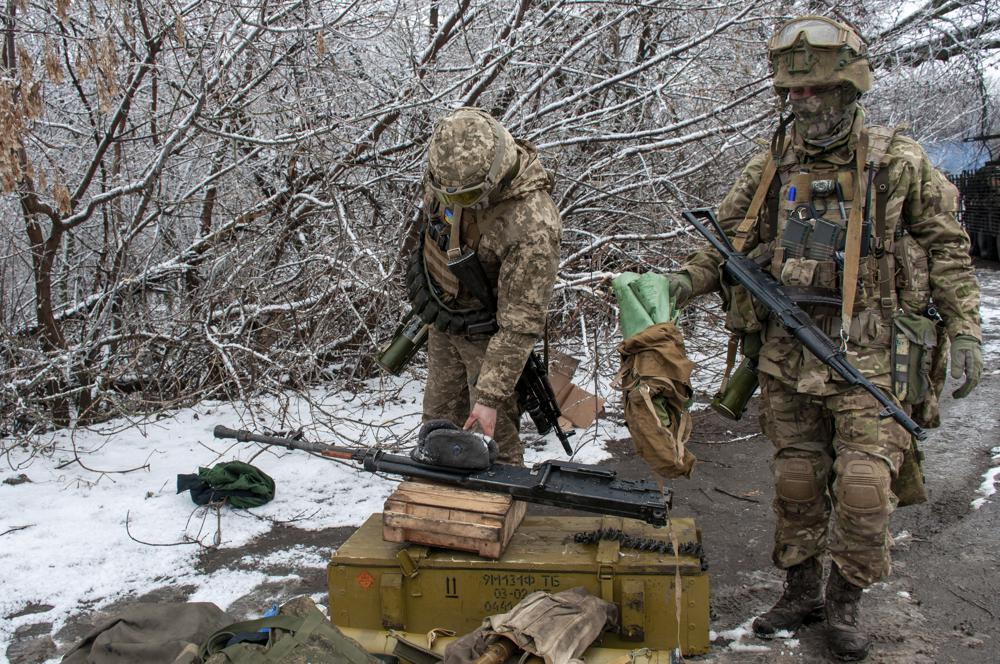
Street fighting broke out early Sunday in Kharkiv as Russian troops pushed into Ukraine’s second-largest city, according to a regional official, following a wave of attacks elsewhere targeting airfields and fuel facilities that appeared to mark a new phase of an invasion that has been slowed by fierce resistance, Associated Press reported.
The U.S. and EU responded with weapons and ammunition for the outnumbered Ukrainians and powerful sanctions intended to further isolate Moscow.
Russian troops approached Kharkiv, about 20 kilometers (12.4 miles) south of the border with Russia, shortly after Moscow launched its invasion of Ukraine on Thursday. But until Sunday, they remained on the outskirts of the city of 1.4 million without trying to enter while other forces rolled past, pressing their offensive deeper into Ukraine.
Early Sunday, Russian troops moved in and were engaged by Ukrainian forces, said Oleh Sinehubov, the head of the Kharkiv regional administration, who told civilians not to leave their homes. He gave no further details.
Elsewhere, huge explosions lit up the sky early Sunday south of the capital, Kyiv, where people hunkered down in homes, underground garages and subway stations in anticipation of a full-scale assault by Russian forces.
Flames billowed into the sky before dawn from an oil depot near an air base in Vasylkiv, where there has been intense fighting, according to the town’s mayor. President Volodymyr Zelenskyy’s office said another explosion was at the civilian Zhuliany airport.
Zelenskyy’s office also said Russian forces blew up a gas pipeline in Kharkiv, prompting the government to warn people to protect themselves from the smoke by covering their windows with damp cloth or gauze.
“We will fight for as long as needed to liberate our country,” Zelenskyy vowed.
Terrified men, women and children sought safety inside and underground, and the government maintained a 39-hour curfew to keep people off the streets. More than 150,000 Ukrainians fled for Poland, Moldova and other neighboring countries, and the United Nations warned the number could grow to 4 million if fighting escalates.
President Vladimir Putin hasn’t disclosed his ultimate plans, but Western officials believe he is determined to overthrow Ukraine’s government and replace it with a regime of his own, redrawing the map of Europe and reviving Moscow’s Cold War-era influence.
To aid Ukraine’s ability to hold out, the U.S. pledged an additional $350 million in military assistance to Ukraine, including anti-tank weapons, body armor and small arms. Germany said it would send missiles and anti-tank weapons to the besieged country and that it would close its airspace to Russian planes.
The U.S., European Union and United Kingdom agreed to block “selected” Russian banks from the SWIFT global financial messaging system, which moves money around more than 11,000 banks and other financial institutions worldwide, part of a new round of sanctions aiming to impose a severe cost on Moscow for the invasion. They also agreed to impose ”restrictive measures” on Russia’s central bank.
Responding to a request from Ukraine’s minister of digital transformation, tech billionaire Elon Musk said on Twitter his satellite-based internet system Starlink was now active in Ukraine and that there were “more terminals en route.”
It was unclear how much territory Russian forces had seized or to what extent their advance had been stalled. Britain’s Ministry of Defense said “the speed of the Russian advance has temporarily slowed likely as a result of acute logistical difficulties and strong Ukrainian resistance.”
A senior U.S. defense official said more than half the Russian combat power that was massed along Ukraine’s borders had entered the country and Moscow has had to commit more fuel supply and other support units inside Ukraine than originally anticipated. The official spoke on condition of anonymity to discuss internal U.S. assessments.
The curfew forcing everyone in Kyiv inside was set to last through Monday morning. The relative quiet of the capital was sporadically broken by gunfire.
Fighting on the city’s outskirts suggested that small Russian units were trying to clear a path for the main forces. Small groups of Russian troops were reported inside Kyiv, but Britain and the U.S. said the bulk of the forces were 19 miles (30 kilometers) from the city’s center as of Saturday afternoon.
Russia claims its assault on Ukraine from the north, east and south is aimed only at military targets, but bridges, schools and residential neighborhoods have been hit.
Ukraine’s health minister reported Saturday that 198 people, including three children, had been killed and more than 1,000 others wounded during Europe’s largest land war since World War II. It was unclear whether those figures included both military and civilian casualties.
A missile struck a high-rise apartment building in Kyiv’s southwestern outskirts near one of the city’s two passenger airports, leaving a jagged hole of ravaged apartments over several floors. A rescue worker said six civilians were injured.
Ukraine’s ambassador to the U.S., Oksana Markarova, said troops in Kyiv were fighting Russian “sabotage groups.” Ukraine says some 200 Russian soldiers have been captured and thousands killed.
Markarova said Ukraine was gathering evidence of shelling of residential areas, kindergartens and hospitals to submit to The Hague as possible crimes against humanity.
Zelenskyy reiterated his openness to talks with Russia in a video message, saying he welcomed an offer from Turkey and Azerbaijan to organize diplomatic efforts, which so far have faltered.
The Kremlin confirmed a phone call between Putin and Azerbaijani President Ilham Aliyev but gave no hint of restarting talks. A day earlier, Zelenskyy offered to negotiate a key Russian demand: abandoning ambitions of joining NATO.
Putin sent troops into Ukraine after denying for weeks that he intended to do so, all the while building up a force of almost 200,000 troops along the countries’ borders. He claims the West has failed to take seriously Russia’s security concerns about NATO, the Western military alliance that Ukraine aspires to join. But he has also expressed scorn about Ukraine’s right to exist as an independent state.
In addition to Kyiv, the Russian assault appeared to focus on Ukraine’s economically vital coastal areas, from near the Black Sea port of Odesa in the west to beyond the Azov Sea port of Mariupol in the east.
Ukrainian soldiers in Mariupol guarded bridges and blocked people from the shoreline amid concerns the Russian navy could launch an assault from the sea.
“I don’t care anymore who wins and who doesn’t,” said Ruzanna Zubenko, whose large family was forced from their home outside Mariupol after it was badly damaged by shelling. “The only important thing is for our children to be able to grow up smiling and not crying.”
Fighting also raged in two eastern territories controlled by pro-Russia separatists. Authorities in Donetsk said hot water supplies to the city of about 900,000 were suspended because of damage to the system by Ukrainian shelling.
The U.S. and its allies have beefed up forces on NATO’s eastern flank but so far have ruled out deploying troops to fight Russia. Instead, the U.S., the European Union and other countries have slapped wide-ranging sanctions on Russia, freezing the assets of businesses and individuals including Putin and his foreign minister.



